Mixed methods feasibility and usability testing of a childhood obesity risk estimation tool, BMC Public Health
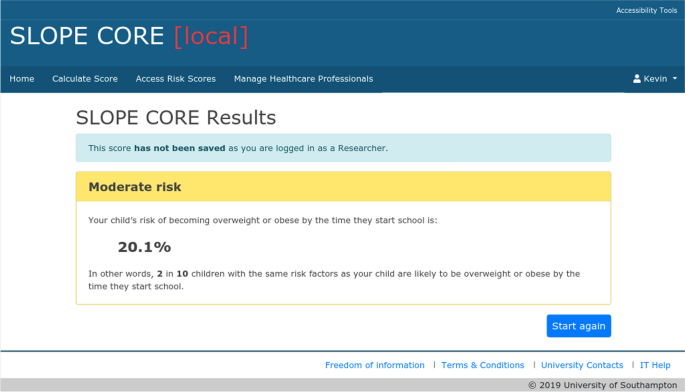
By A Mystery Man Writer
Background A Childhood Obesity Risk Estimation tool (SLOPE CORE) has been developed based on prediction models using routinely available maternity and early childhood data to estimate risk of childhood obesity at 4–5 years. This study aims to test the feasibility, acceptability and usability of SLOPE CORE within an enhanced health visiting (EHV) service in the UK, as one context in which this tool could be utilised. Methods A mixed methods approach was used to assess feasibility of implementing SLOPE CORE. Health Visitors (HVs) were trained to use the tool, and in the processes for recruiting parents into the study. HVs were recruited using purposive sampling and parents by convenience sampling. HVs and parents were invited to take part in interviews or focus groups to explore their experiences of the tool. HVs were asked to complete a system usability scale (SUS) questionnaire. Results Five HVs and seven parents took part in the study. HVs found SLOPE CORE easy to use with a mean SUS of 84.4, (n = 4, range 70–97.5) indicating excellent usability. Five HVs and three parents took part in qualitative work. The tool was acceptable and useful for both parents and HVs. Parents expressed a desire to know their child’s risk of future obesity, provided this was accompanied by additional information, or support to modify risk. HVs appreciated the health promotion opportunity that the tool presented and felt that it facilitated difficult conversations around weight, by providing ‘clinical evidence’ for risk, and placing the focus of the conversation onto the tool result, rather than their professional judgement. The main potential barriers to use of the tool included the need for internet access, and concerns around time needed to have a sensitive discussion around a conceptually difficult topic (risk). Conclusions SLOPE CORE could potentially be useful in clinical practice. It may support targeting limited resources towards families most at risk of childhood obesity. Further research is needed to explore how the tool might be efficiently incorporated into practice, and to evaluate the impact of the tool, and any subsequent interventions, on preventing childhood obesity.
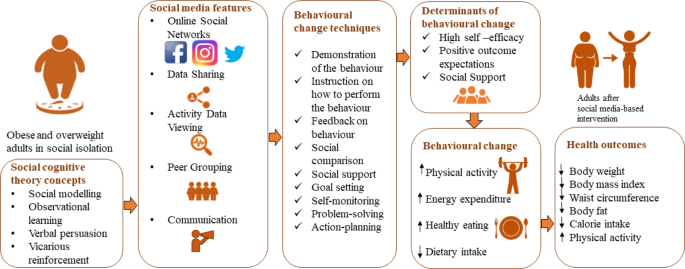
Social media-based interventions for adults with obesity and overweight: a meta-analysis and meta-regression
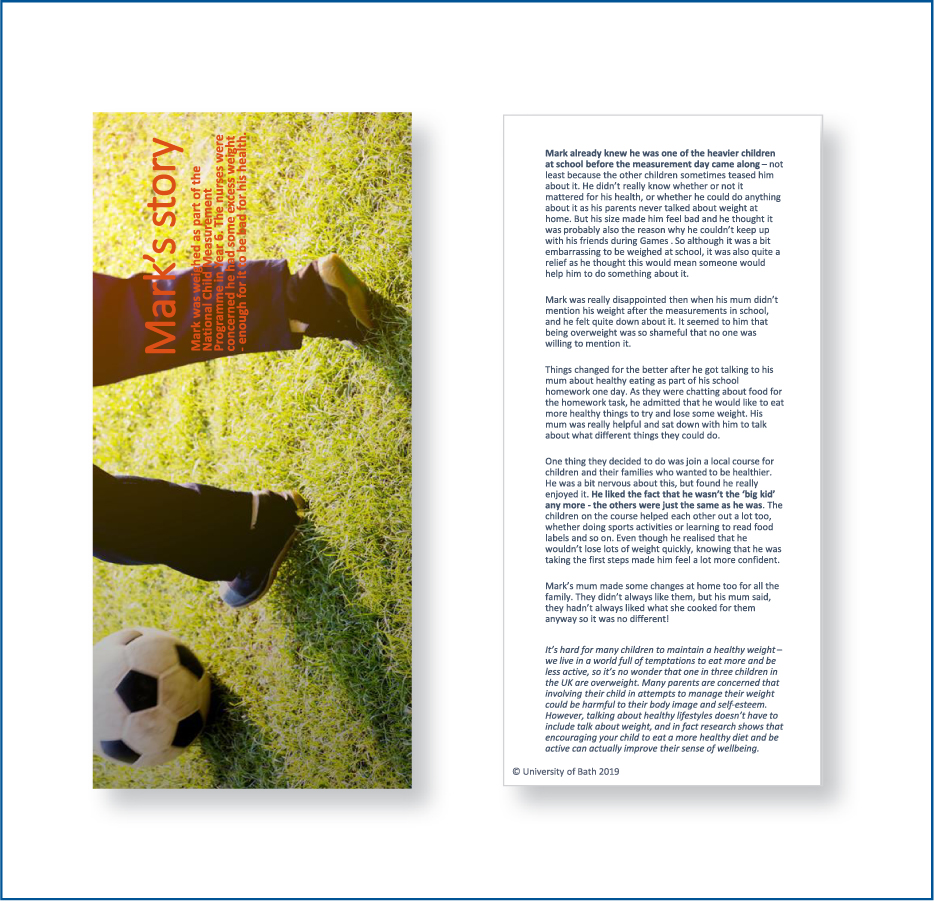
British Journal of Child Health - Using narrative messages to improve parents' experience of learning that a child has overweight
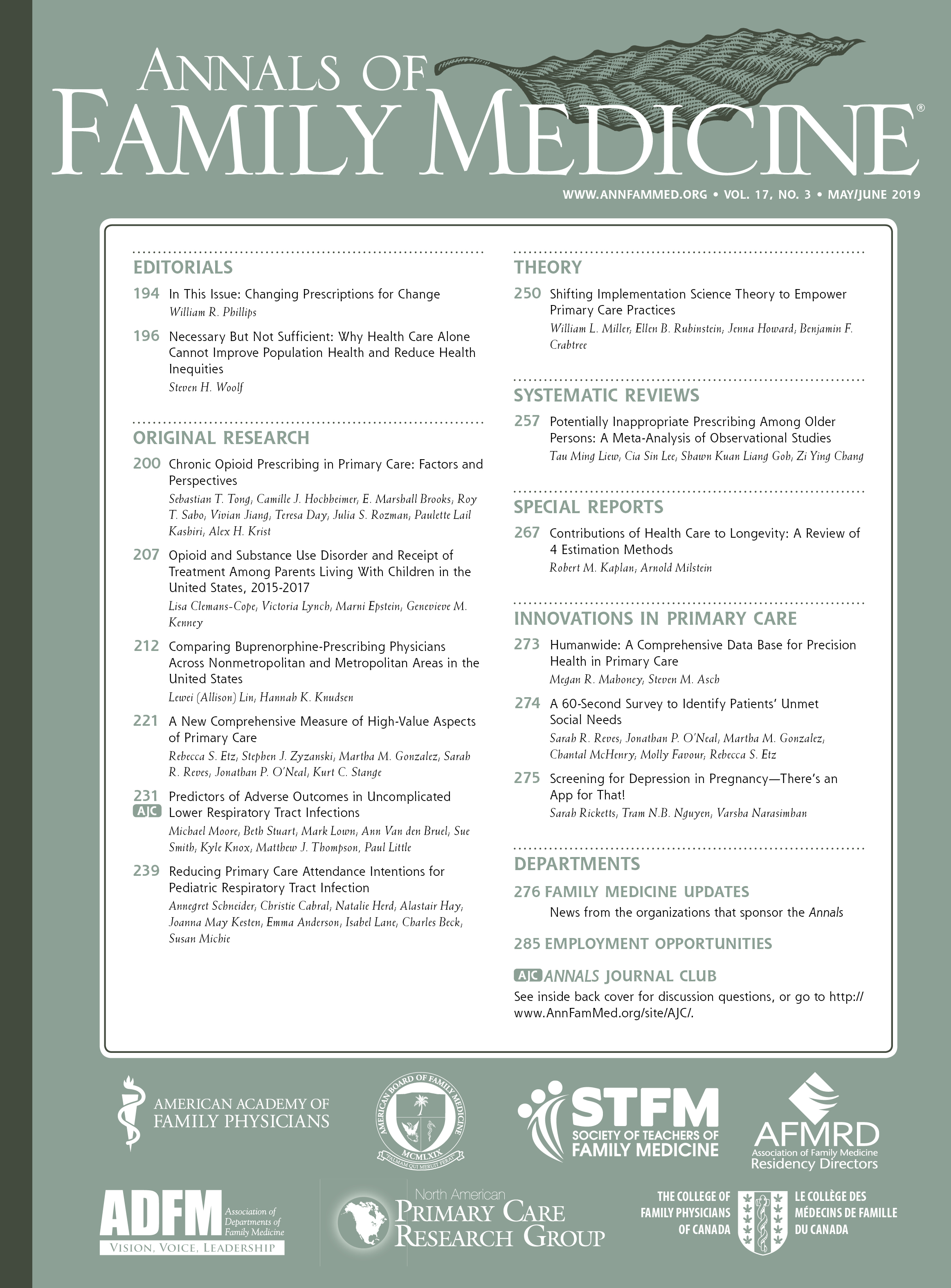
Integrating Quantitative and Qualitative Results in Health Science
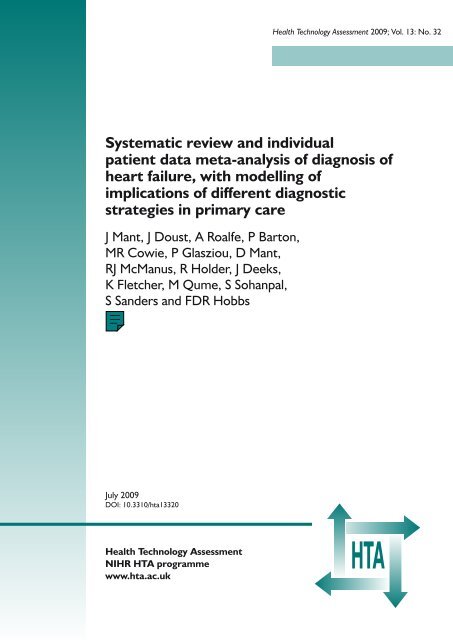
Systematic review and individual patient data meta-analysis of
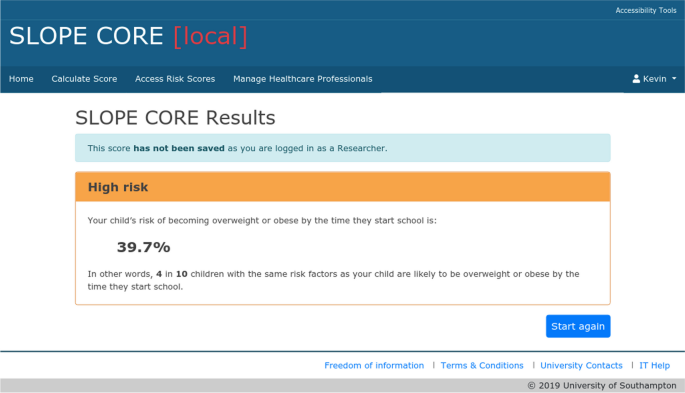
Mixed methods feasibility and usability testing of a childhood obesity risk estimation tool, BMC Public Health
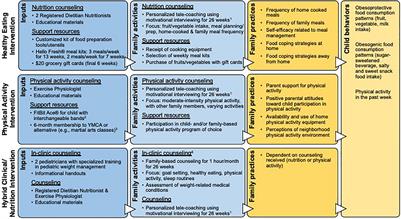
Frontiers Family-Based Telehealth Initiative to Improve

PDF) Support for the feasibility of the ages and stages questionnaire as a developmental screening tool: A cross-sectional study of South African and Zambian children aged 2-60 months

An equitable, community-engaged translational framework for science in human lactation and infant feeding—a report from “Breastmilk Ecology: Genesis of Infant Nutrition (BEGIN)” Working Group 5 - The American Journal of Clinical Nutrition
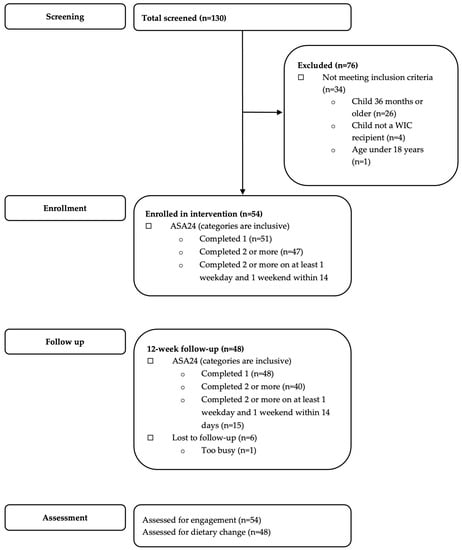
Nutrients, Free Full-Text
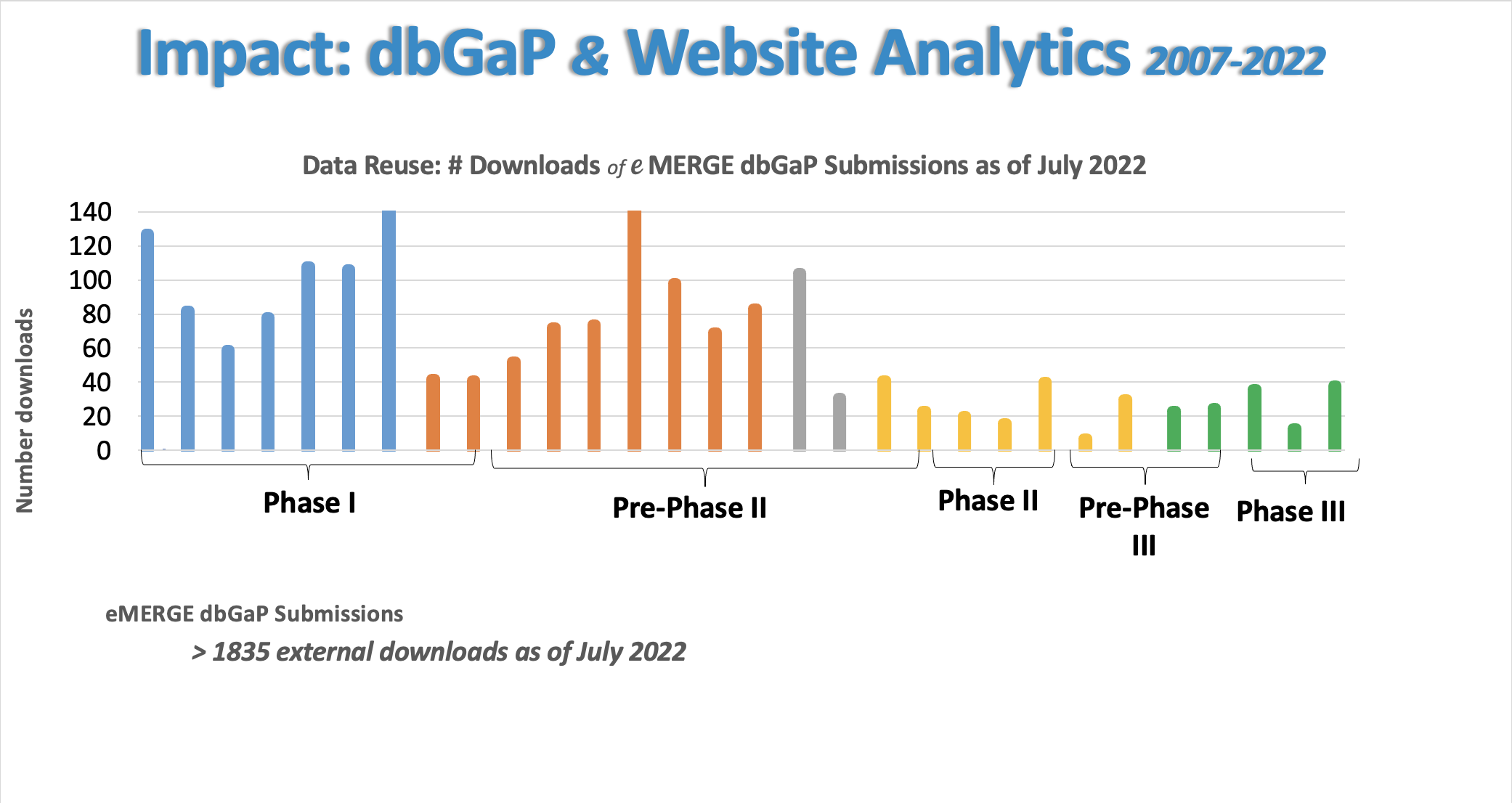
welcome to eMerge

A novel assessment of adolescent mobility: a pilot study – topic of research paper in Social and economic geography. Download scholarly article PDF and read for free on CyberLeninka open science hub.

Methods for Assessing Health Outcomes Associated with Food Insecurity in the United States College Student Population: A Narrative Review - Advances in Nutrition

PDF) The More and Less Study: A randomized controlled trial testing different approaches to treat obesity in preschoolers

Research Methods for Public Health 0826182054, 9780826182050
- Too High to Drive? New App Allows Marijuana Users to Test Their Impairment Level
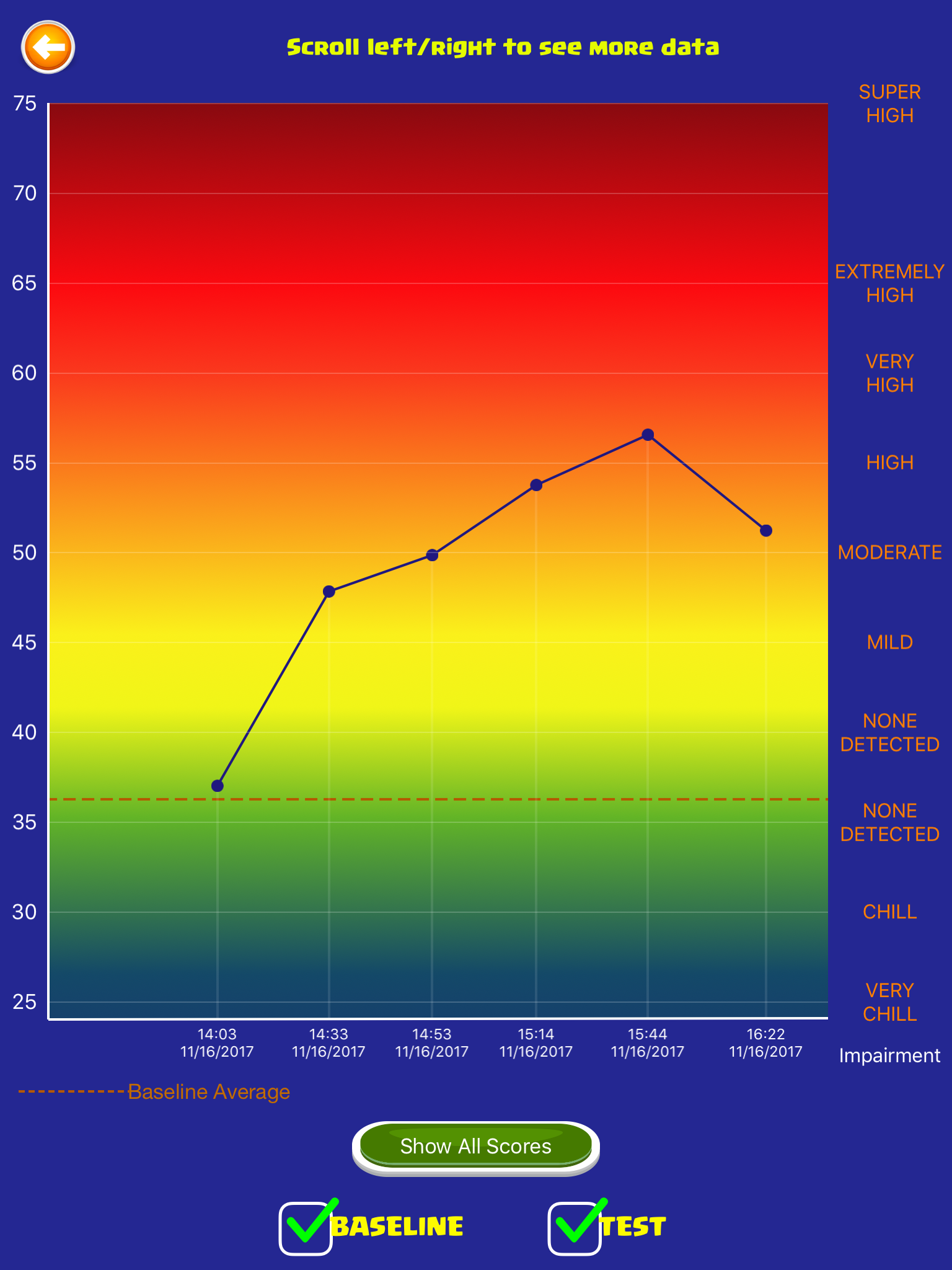
- Updating the Canadian Hemophilia Outcomes–Kids' Life Assessment Tool (CHO‐KLAT) in the era of extended half‐life clotting factor concentrates - Research and Practice in Thrombosis and Haemostasis

- Sustainability, Free Full-Text
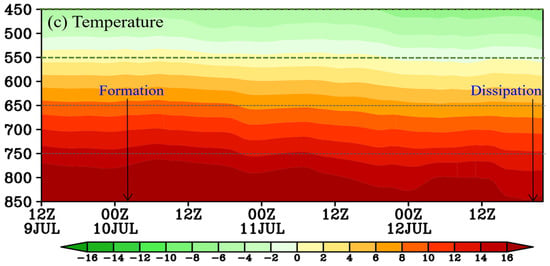
- What Is CLS? How (and Why) to Measure It
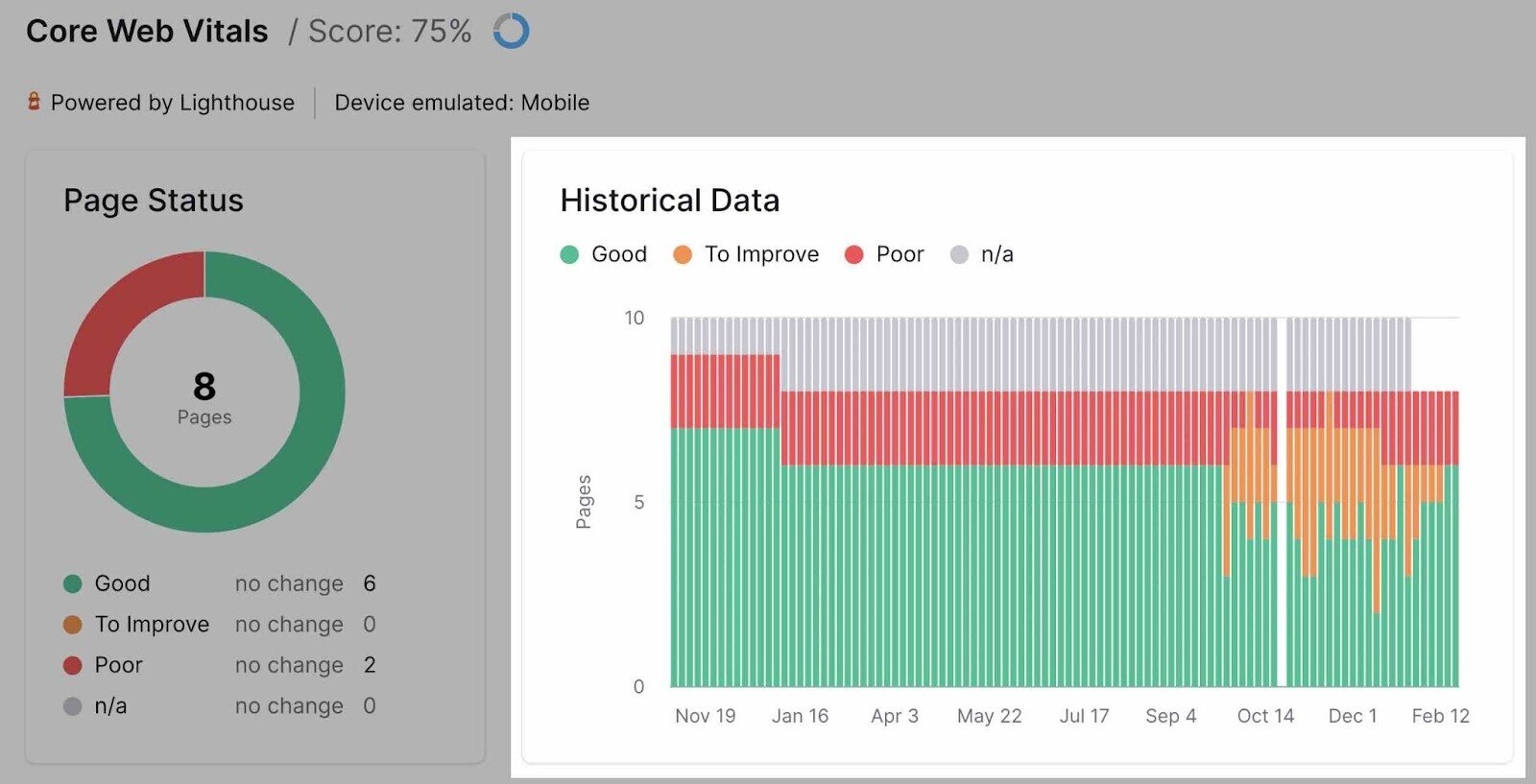
- The CORE‐10: A short measure of psychological distress for routine





